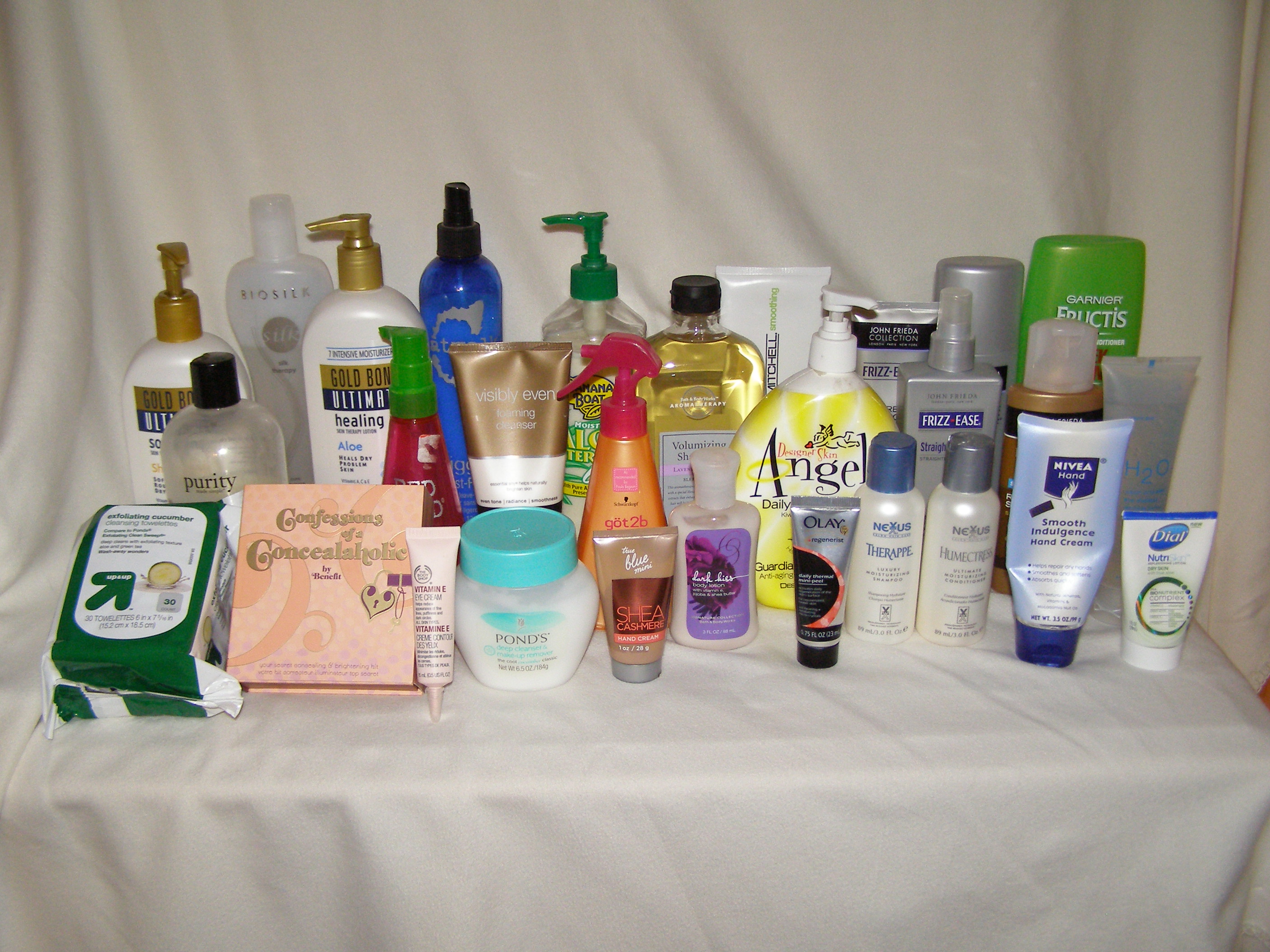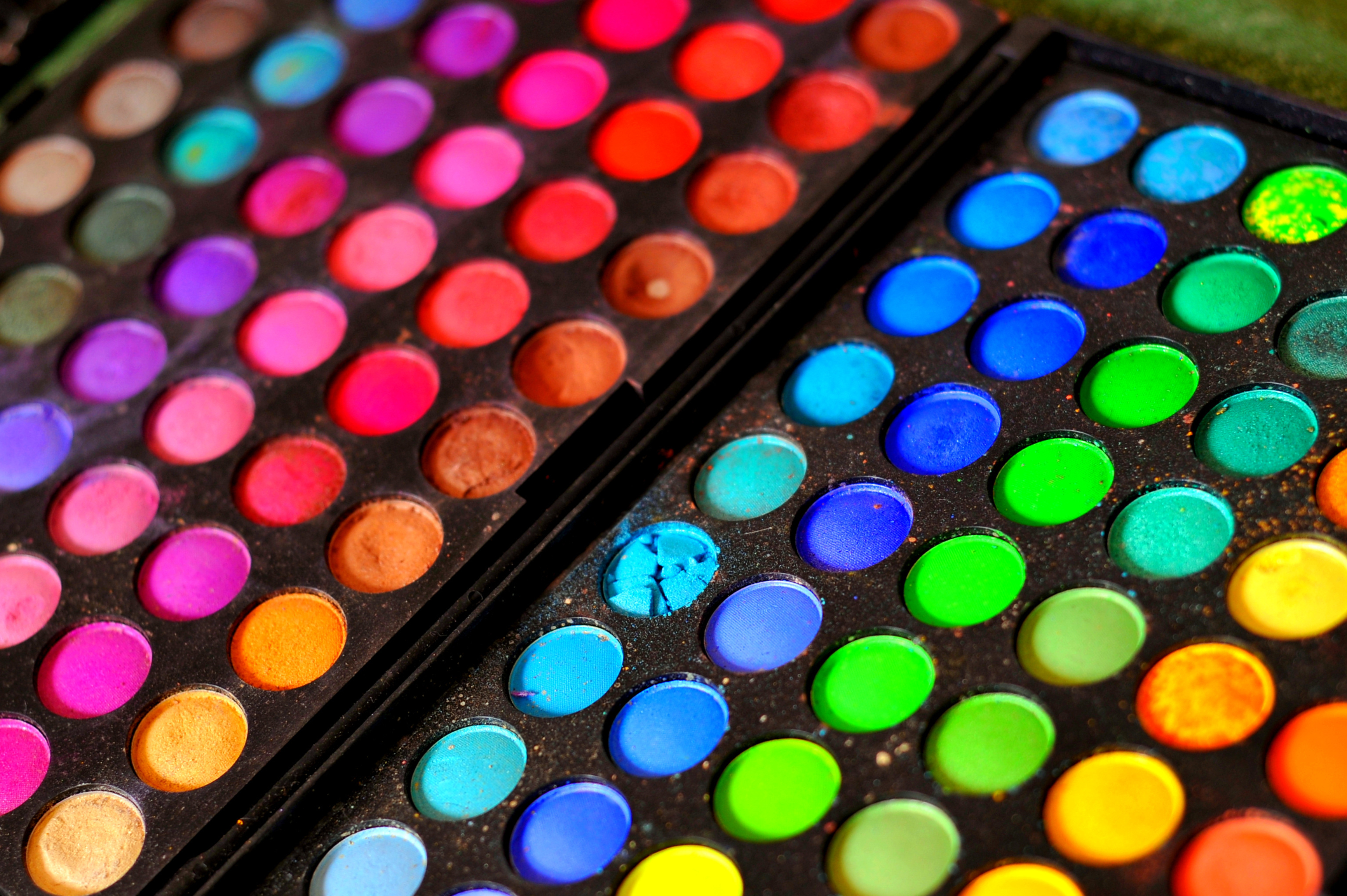10 Beauty Product Ingredients You Definitely Want To Avoid
The aura of beauty and glamor is all around which makes it nearly impossible to ignore. However, the usage of beauty products should be done with the utmost care by having a close look at its ingredients. They are packed with numerous chemicals some of which are toxic and are absorbed by the body. Many of the chemicals are skin irritants, skin penetrators, and endocrine disruptors. Our skin is a sensitive organ and it is important we choose the right products to treat it properly.
Parabens (Mimicking Agent)

One of the most common cosmetic ingredients mainly used as preservatives in makeup products that stop bacteria, yeast, and mold from growing. This ingredient has another side to it; it can mimic estrogen (female sex hormone) very well. Due to this, it is believed to be the cause of breast cancer in many women. Parabens easily get absorbed in the body and are detected in many breast cancer tissues. This suggests an association between parabens in cosmetics and cancer. Women are more exposed to it because of daily usage of cosmetics. Parabens are found in makeup products, body washes, deodorants, shampoos, facial cleansers and even in the food consumed such as desserts, soft drinks, frozen dairy products, sauces and processed vegetables.
Synthetic Colors

Artificial colors used in cosmetics are basically synthetic colors. These are imitators of natural color that are derived from petroleum or coal tar sources. They are used to make cosmetics look somewhat 'pretty' and should be avoided. Before using a product it is important to look at the label to check for any FD&C or D&C label (F - food and D&C - drug and cosmetics). These labels represent synthetic colors and should not be used. They are believed to be carcinogenic, a skin irritant and are proven to be linked to Attention-deficit Hyperactivity Disorder (ADHD) mainly in children. A few examples include Green#3 (Fast Green) which can cause bladder and testes tumor and Yellow#5 (Tartrazine) which may trigger hyperactivity in children.
